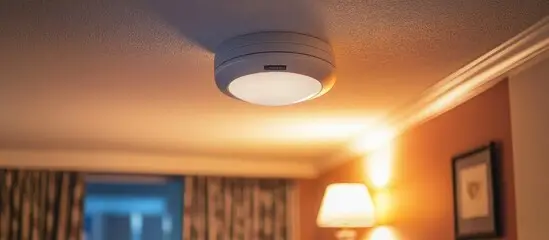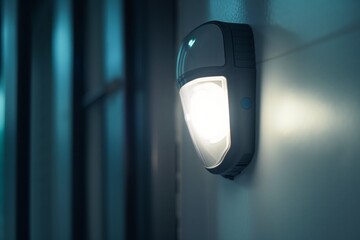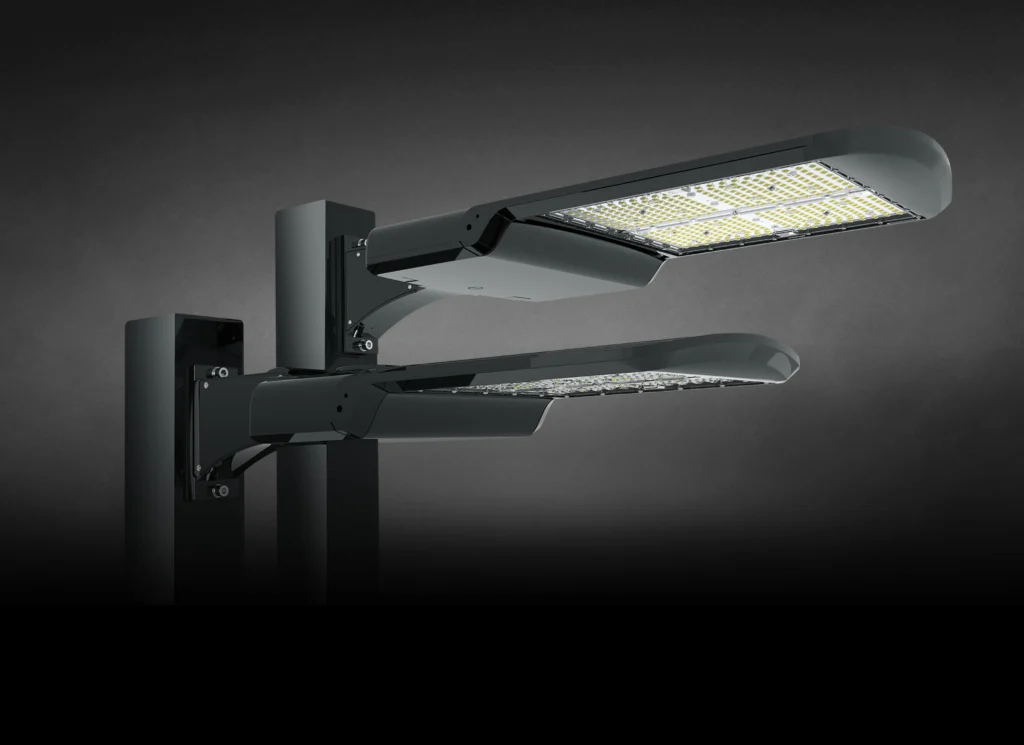Occupancy vs. Motion Sensors: Choosing the Right Solution
Understanding the Differences Between Occupancy and Motion Sensors
When integrating automated lighting and security systems, occupancy sensors and motion sensors are two common technologies. While both contribute to energy efficiency and convenience, their functions differ significantly. This guide explores their operational differences, ideal applications, and key considerations for selecting the best option for your needs.
What Are Occupancy Sensors?
Occupancy sensors detect whether a space is actively being used and keep the lights or connected systems on as long as movement and presence are detected. They primarily rely on Passive Infrared (PIR) or Ultrasonic technology to monitor motion and body heat.
Ideal Applications for Occupancy Sensors
- Office Spaces: Keeps lights on while employees are present.
- Conference Rooms: Prevents lights from shutting off during meetings.
- Restrooms: Ensures lighting remains active when occupied.
- Classrooms and Warehouses: Useful in spaces where individuals may be stationary for long periods.
Advantages of Occupancy Sensors
- Energy Efficiency: Reduces electricity waste by deactivating lights in unoccupied areas.
- Convenience: Hands-free lighting control enhances accessibility and efficiency.
- Customizable Sensitivity: Adjustable settings reduce false triggers and optimize detection accuracy.
Potential Drawbacks
- If not calibrated properly, lights may remain on longer than necessary.
- Some models may detect movement in adjacent areas, leading to unintended activation.
What Are Motion Sensors?
Motion sensors are designed to detect movement within their range and activate lighting or security systems when activity is detected. These sensors typically rely on PIR, Microwave, or Dual Technology to track movement changes.
Ideal Applications for Motion Sensors
- Outdoor Security Lighting: Activates lights when movement is detected near driveways, entryways, or walkways.
- Intrusion Detection: Triggers alarms or security cameras when movement is detected in restricted areas.
- Retail and Commercial Spaces: Illuminates areas when customers or employees enter a specific section.
- Garages and Storage Areas: Provides temporary lighting when motion is sensed.
Advantages of Motion Sensors
- Enhanced Security: Detects unauthorized movement and can trigger alarms or cameras.
- Energy Savings: Only activates when motion is present, reducing unnecessary electricity use.
- Versatile Placement: Effective for both indoor and outdoor security applications.
Potential Drawbacks
- Limited detection range may create dark spots in larger areas.
- Sensitivity to pets, wind, or environmental changes may cause false activations.
Comparing Occupancy and Motion Sensors
| Feature | Occupancy Sensors | Motion Sensors |
|---|---|---|
| Primary Function | Detects ongoing presence | Detects new movement |
| Best Use Case | Indoor spaces requiring continuous lighting | Security and outdoor lighting |
| Detection Method | Heat and motion-based tracking | Movement-based activation |
| Energy Savings | High (lights stay on only when occupied) | Moderate (activates only upon movement) |
| False Triggers | Fewer (sensitive to body heat) | More common (can be triggered by pets or environmental factors) |
Choosing the Right Sensor for Your Space
- Select an Occupancy Sensor if you need lighting to stay on while people are present in a space, such as in offices, classrooms, and restrooms.
- Select a Motion Sensor if you need lights or security systems to activate only when movement is detected, such as for outdoor lighting, pathways, and security applications.
- Hybrid Approach: In some cases, combining both sensors can optimize energy efficiency and security. For example, offices may use occupancy sensors indoors while entryways rely on motion sensors.
Conclusion
Understanding the functional differences between occupancy and motion sensors ensures that you select the right solution for energy savings, security, and automation needs. Whether enhancing commercial efficiency or home security, choosing the appropriate sensor technology will contribute to long-term operational benefits and cost savings.


